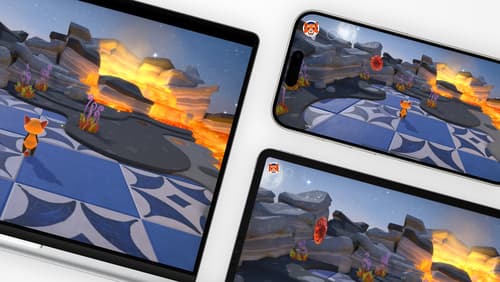What is the best way to write a Multiplatform app?
Asked on 2024-08-01
1 search
The best way to write a multiplatform app for Apple devices is to use SwiftUI. SwiftUI is designed to enable code sharing across different Apple platforms while allowing for customization to fit the unique aspects of each platform. Here are some key points to consider:
-
Code Sharing and Adaptability:
- SwiftUI allows you to build a user interface for one platform and then adapt it for others. This is achieved through adaptive views and scenes that provide an idiomatic look and feel on any Apple platform. For example, keyboard navigation and multiple windows are automatically supported on macOS, while search suggestions adapt to the platform's conventions (SwiftUI essentials).
-
Platform-Specific Customization:
- While SwiftUI enables significant code sharing, it is not a "write once, run everywhere" solution. It provides a common set of high and low-level components across platforms but also includes specialized APIs for each platform. This allows you to tailor the user experience to the specific needs and capabilities of each device (SwiftUI essentials).
-
Unified Development Environment:
- Using Xcode, you can target all Apple devices uniformly while still allowing for necessary customizations. This is particularly useful for games, which often share a common codebase and project settings across all destinations (Port advanced games to Apple platforms).
-
Swift Language:
- Swift is the primary language for developing apps on Apple platforms. It is supported on multiple platforms, including Linux and Windows, and integrates seamlessly with SwiftUI. This makes it easier to develop and maintain multiplatform apps (What’s new in Swift).
-
Human Interface Guidelines:
- Following Apple's Human Interface Guidelines ensures that your app meets the design and usability standards expected by users on different platforms. This includes adapting navigation and interaction methods to fit the conventions of each device (SwiftUI essentials).
For a comprehensive understanding of how to build multiplatform apps using SwiftUI, you can refer to the SwiftUI essentials session from WWDC 2024.

Platforms State of the Union
Discover the newest advancements on Apple platforms.

Migrate your TVML app to SwiftUI
SwiftUI helps you build great apps on all Apple platforms and is the preferred toolkit for bringing your content into the living room with tvOS 18. Learn how to use SwiftUI to create familiar layouts and controls from TVMLKit, and get tips and best practices.

Design advanced games for Apple platforms
Learn how to adapt your high-end game so it feels at home on Mac, iPad, and iPhone. We’ll go over how to make your game look stunning on different displays, tailor your input and controls to be intuitive on each device, and take advantage of Apple technologies that deliver great player experiences.
